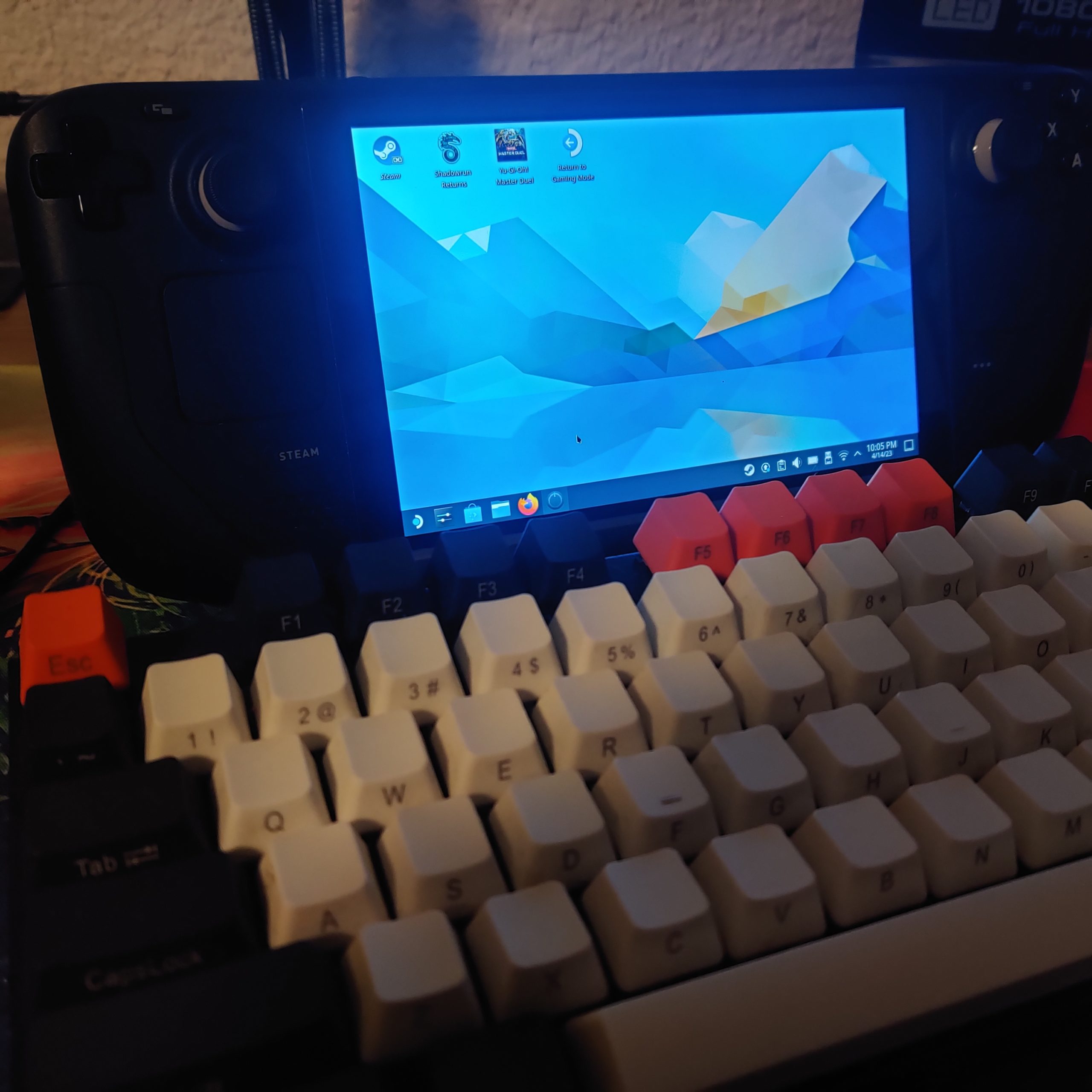Local Send is an application I found a while ago that has become a mainstay on my devices. It is cross platform so I have it installed on my Windows Desktop, Manjaro Laptop, and Android Phone.
Local Send makes it easy to send files from one device to another simple enough. You install it, it makes a random identity for your device, like, Surprising Tomato, and both apps will find each other and let you send files to each other over whatever local network they are connected to. DONE.

I find it A MUST when working on multiple machines or when working with others. I can share files easily and I can also send texts and my clipboard to other devices easily which is great for quickly sending links. On Android you can also share your apps with other devices as well.


There was a time where I would gladly use Android Beam, then that got deprecated and changed into Nearby Share which got deprecated and changed into Easy Share. It’s crazy how much simpler this is vs the native Easy Share. Now Easy Share wants to know your Gmail account, it also will attempt to send a file though slower Bluetooth vs WiFi.
I do wish that Local Send did offer an easy connect over WiFi direct, but instead I end up setting up a hot spot myself with my devices for those times where I am not at home, traveling with no control over the local network.
Again, this is a hard recommend. Once you add Local Send into your workflow you wont want to go back to life before it. This is one of those softwares that no one I talk to is interested in it, until they find that one use case where they need it and it becomes a mainstay for them going forward. No more trying to email yourself a file or group of files and finding out that you can’t send over 25mbs. No more trying to upload to a cloud service only to wait for a long upload and wait to download again once that’s done. No more being relegated to awkwardly plugging in your smart phone that for some reason is still using USB2.0 as it’s data port.
If it matters to you and makes it a more attractive to download it’s also open source under the Apache license and uses end to end encryption to keep your files secure while moving them around.
Here’s their site: https://localsend.org/
Here’s their Github: https://github.com/localsend/localsend
















